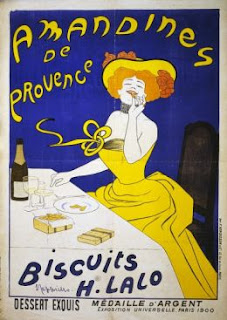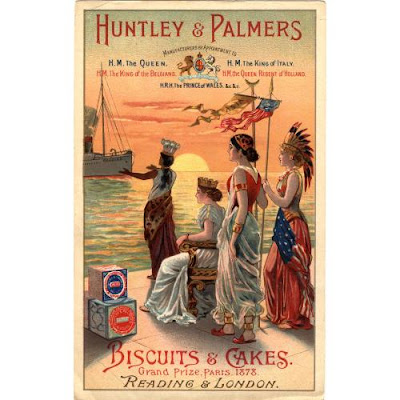
Website:http://www.BachScholar.com
Cory Hall plays the piano. Cory is a piano scholar that studies Bach and other great composers.
He teaches at the University of Florida.
WHAT IS A CAKEWALK.........?
Its origins in slavery and the plantation south, the Cakewalk was the sole organized and even condoned forum for servants to mock their masters. A send-up of the rich folks in the "Big House," the cakewalk mocked the aristocratic and grandiose mannerisms of southern high-society. Much bowing and bending were characteristic of the dance, which was more a performance than anything else. Couples lined up to form an aisle, down which each pair would take a turn at a high-stepping promenade through the others. In many instances the Cakewalk was performance, and even competition. The dance would be held at the master’s house on the plantation and he would serve as judge. The dance’s name comes from the cake that would be awarded to the winning couple. The sayings "Easy as a piece of cake" and "It's a cakewalk" originated from this dance.
The dance was invented as a satirical parody of the formal European dances preferred by white slave owners, and featured exaggerated imitations of the dance ritual, combined with traditional African dance steps. One common form of cakewalk dance involved couples (one male and one female, with their arms linked at the elbows) lined up in a circle, dancing forward alternating a series of short hopping steps with a series of very high kicking steps. Costumes worn for the cakewalk often included large, exaggerated bowties, suits, canes, and top hats.





